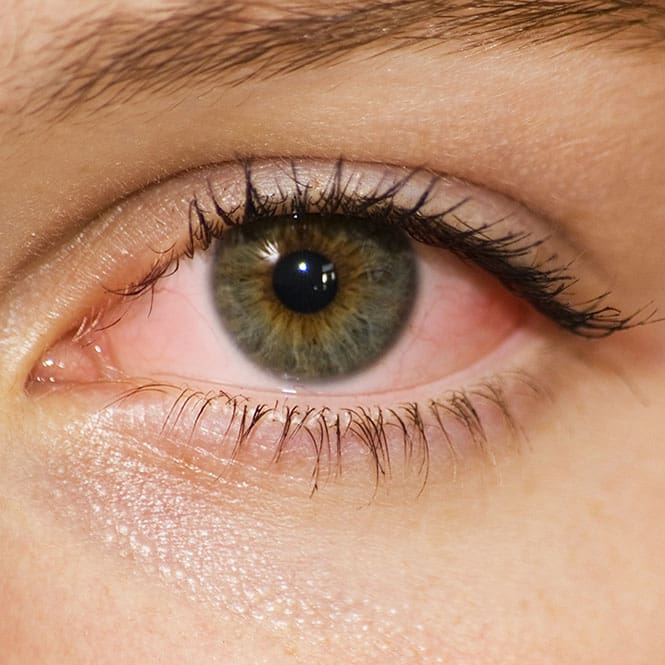Uncategorized
Can Makeup Be Bad for Our Eyes?
Modern makeup doesn’t contain lead, mercury, and arsenic like it used to in bygone eras. Still, how safe is it around our eyes? We’ve all heard that beauty is pain, but we in the eye care business have to put our foot down when it comes to unnecessary eye infection and injury risks. We’re not…
Read MoreBe Careful When Buying Costume Contacts
Colored contact lenses are sometimes the perfect final touch to take a Halloween costume to the next level. Unfortunately, not all costume lenses are created equal — or with equal concern for wearer safety. With Halloween coming up, we want to give all of our costume-loving patients some guidance on how to find great costume…
Read MoreWhat Is My Ideal Eye Exam Frequency?
Dentists will tell you that you should have a dental exam every six months, but what about eye exams? Eye health is a little different than dental health, but preventative care is still a good idea, even when you don’t need a new prescription for your glasses or contacts. The human eye is incredibly complex…
Read MoreMaintaining Healthy Vision as We Age
A lot changes as we get older, including our eyesight. As we age, we should be vigilant in watching for signs of age-related vision loss, because early diagnosis is critical in preventing many sight-threatening conditions from progressing. We want our patients to be as informed as possible so that they can minimize their risks. We…
Read MoreEye Protection for Athletes
As eye care professionals, we’re big fans of eye protection, and that includes eye protection in sports. 90 percent of eye injuries can be prevented by wearing the right eye protection, which means 27,000 out of the annual 30,000 sports-related eye injuries in America could be avoided with this simple precaution! Which Sports Are Most…
Read MoreStrange and Fascinating Animal Eyes
Just because we work with human eyesight, it doesn’t mean we can’t appreciate some of the unique eyes in nature. Depending on how they hunt (or avoid being hunted), where they live, and even how big they are, animals have a wide array of vision adaptations that human eyes don’t have. Let’s take a look…
Read MoreProtecting Your Eyes from Digital Strain
Many who have to rely heavily on digital devices for work have felt the discomfort of digital eye strain. Even if you’re on a device for social or entertainment reasons rather than professional ones, you might be familiar with this problem too. It only takes two hours of screen time per day to give us…
Read MoreWhy Kids Need Eye Exams
What comes to mind when you think of a school nurse’s office? We’re guessing your list probably includes vinyl recovery beds, jars full of wooden tongue depressors, and the big E eye chart. For over a century and a half, that big E chart (officially called the Snellen chart) has been an excellent diagnostic tool…
Read MoreThe Basics of Pink Eye
Can you recognize the symptoms of conjunctivitis (pink eye) when you see them? The main ones are redness, itchiness, and either watery or thick discharge. Conjunctivitis is the inflammation of the conjunctiva, which is the clear outer layer of tissue that covers the surface of our eyes, as well as the insides of our eyelids.…
Read MoreHaving 20/20 Vision Isn’t Everything
“20/20 vision” and “perfect eyesight” are often used interchangeably, but they really shouldn’t be. There is a wide range of vision problems that have nothing to do with refractive errors like nearsightedness, farsightedness, and astigmatism. These problems tend to go massively undiagnosed, leading to all kinds of difficulties. Symptoms of an Undiagnosed Vision Problem Crossed…
Read More









